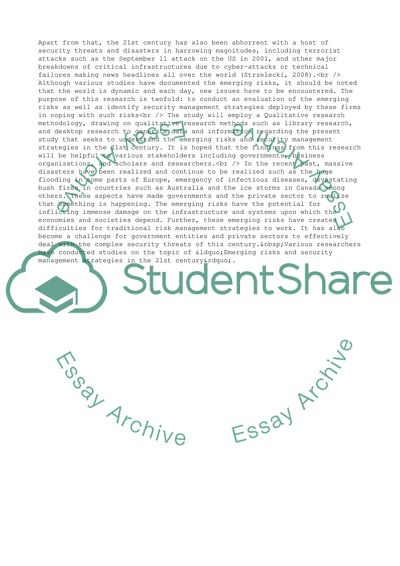Cite this document
(Emerging Systemic Risks Research Paper Example | Topics and Well Written Essays - 2452 words, n.d.)
Emerging Systemic Risks Research Paper Example | Topics and Well Written Essays - 2452 words. Retrieved from https://studentshare.org/business/1809778-research-methods-and-research-management-research-proposal
Emerging Systemic Risks Research Paper Example | Topics and Well Written Essays - 2452 words. Retrieved from https://studentshare.org/business/1809778-research-methods-and-research-management-research-proposal
(Emerging Systemic Risks Research Paper Example | Topics and Well Written Essays - 2452 Words)
Emerging Systemic Risks Research Paper Example | Topics and Well Written Essays - 2452 Words. https://studentshare.org/business/1809778-research-methods-and-research-management-research-proposal.
Emerging Systemic Risks Research Paper Example | Topics and Well Written Essays - 2452 Words. https://studentshare.org/business/1809778-research-methods-and-research-management-research-proposal.
“Emerging Systemic Risks Research Paper Example | Topics and Well Written Essays - 2452 Words”, n.d. https://studentshare.org/business/1809778-research-methods-and-research-management-research-proposal.


